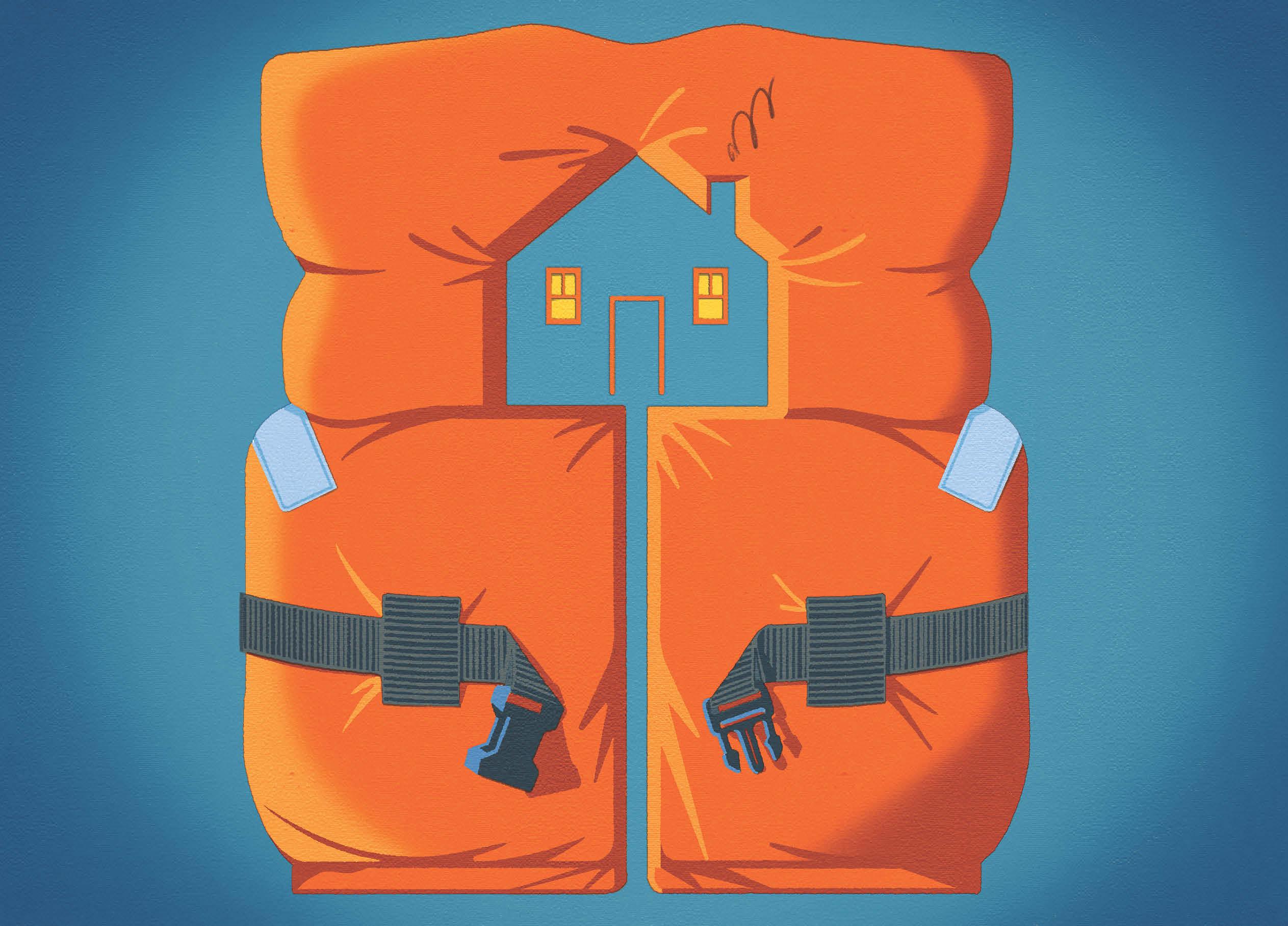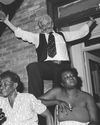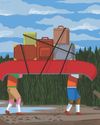Make Homes Float

WHEN HURRICANE KATRINA hit in 2005, I was an associate professor at the Louisiana State University Hurricane Center in Baton Rouge, studying the aerodynamic behaviour of wind-borne debris. I'd previously lived in New Orleans and knew the local landscape, so several reporters asked me to help them navigate the city streets after the storm. We boated through roads that had become waterways. The damage I saw that day brought me to tears: we floated through a drowned McDonald's drive-thru and stopped at porches to pick up dogs who were stranded. One of the reporters later told me he saw a dead body in the water.
A few weeks later, I returned to New Orleans with researchers from the centre. The wind, it turned out, damaged a limited set of buildings; the flooding, however, affected everybody and caused roughly 1,400 deaths. In the city's Lower Ninth Ward, it was so bad that electricity wasn't restored to some areas for more than a year. FEMA's solution was for residents to elevate their houses on stilts or permanently relocate. I knew there had to be a better way, so I shifted my research focus from wind to water.
As the climate crisis intensifies, floods are only becoming more frequent and severe. According to the UN, two billion people will be at risk of exposure to extreme flooding by 2050. Last September, Hurricane Helene wreaked havoc on much of the southeastern United States. Weeks later, Hurricane Milton devastated parts of Florida, leaving behind an estimated US$50 billion in damages. Canada isn't safe, either: last July, Toronto received 100 millimetres of rain in three hours, knocking out power and submerging parts of the city. And last fall, an atmospheric river caused widespread flooding across B.C.'s Lower Mainland.
Denne historien er fra April 2025-utgaven av Maclean's.
Start din 7-dagers gratis prøveperiode på Magzter GOLD for å få tilgang til tusenvis av utvalgte premiumhistorier og 9500+ magasiner og aviser.
Allerede abonnent ? Logg på
Denne historien er fra April 2025-utgaven av Maclean's.
Start din 7-dagers gratis prøveperiode på Magzter GOLD for å få tilgang til tusenvis av utvalgte premiumhistorier og 9500+ magasiner og aviser.
Allerede abonnent? Logg på

It's Time for Canada's Brain Gain
Trump's America is sabotaging its reputation as a beacon for researchers, scientists and academics. We should seize the moment.

NIGHT CRAWLERS
An exhibit spotlights gritty '80s street photos that capture Montreal's after-dark spirit

How Colleges and Universities Are Innovating for the Future
Canadian schools are teaching students to become creative problem-solvers through programs and initiatives that focus on technology, entrepreneurship, research and social impact

What's All the Fuss About Microcredentials?
These short courses offer much-needed skills in a growing job market

THE INTERVIEW
Want a faster, stronger, richer Canada? Daniel Debow, Build Canada mastermind, has some ideas for how to get there.

"I'm a language teacher and translator, but I can't learn French in Quebec."
I left Brazil to be with the man I love. When the province cut its French classes, I couldn't access the program I need to thrive.

Have a Staycation Summer
One of the more economically powerful ways to buy Canadian is to spend this vacation season exploring our own backyard

Shop Local
The St. Lawrence Market North building is a fresh, futuristic new home for Toronto's favourite weekend-stroll destination

A Heart-to-Heart With a Pioneer in Cardiac Surgery
Exploring the prolific work of Dr. Tirone David—a down-to-earth, solution-driven cardiac surgeon

ENGINEERING THE FUTURE
How UNB's master of engineering leadership in design innovation prepares graduates for the jobs of tomorrow
